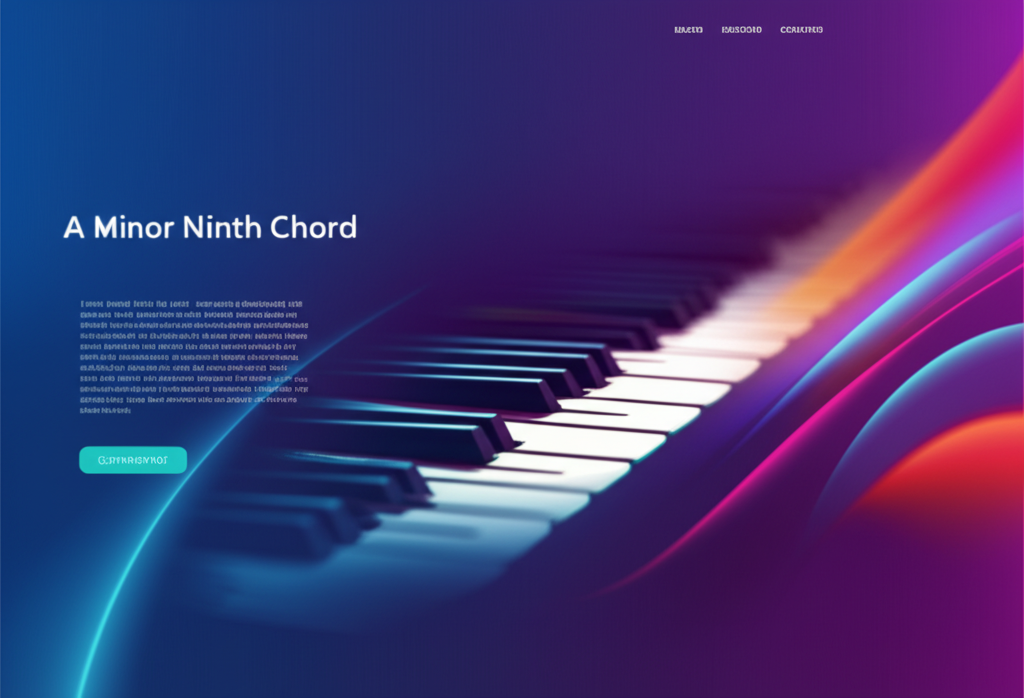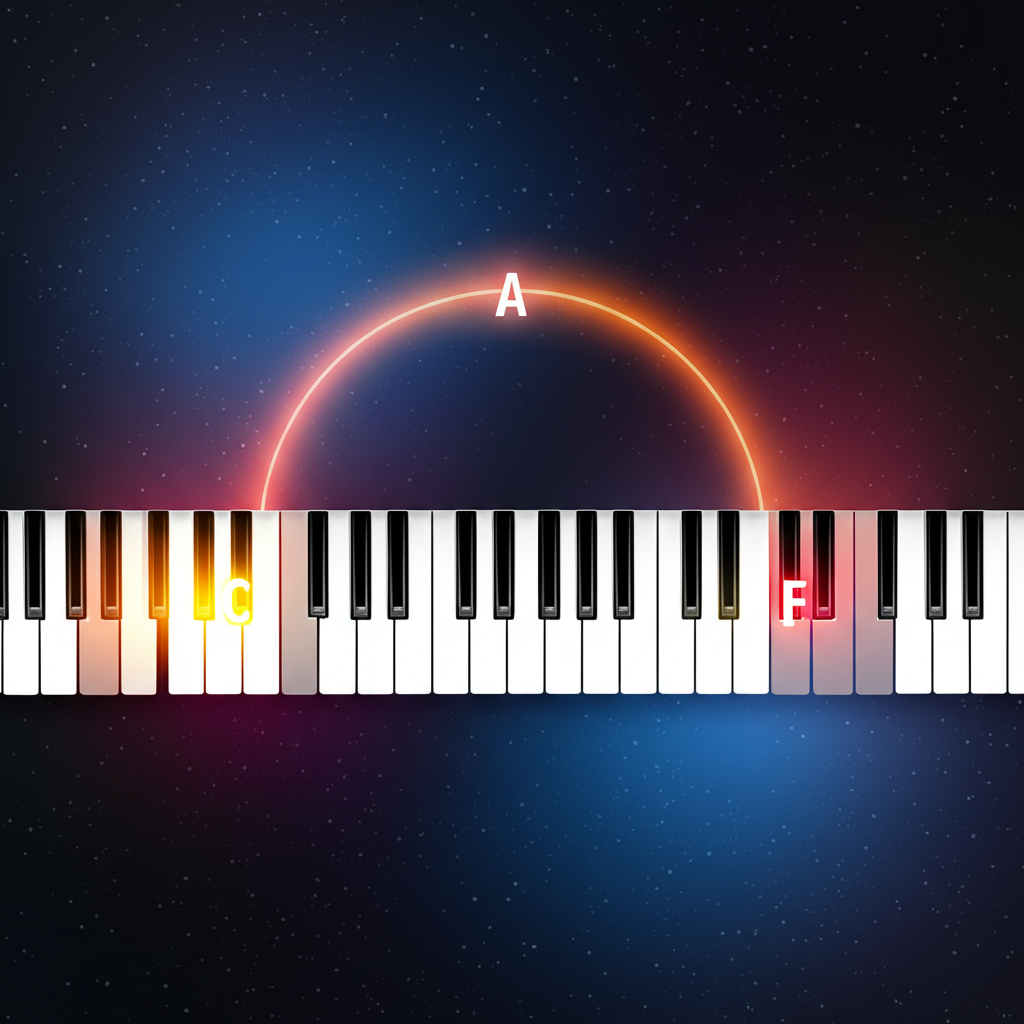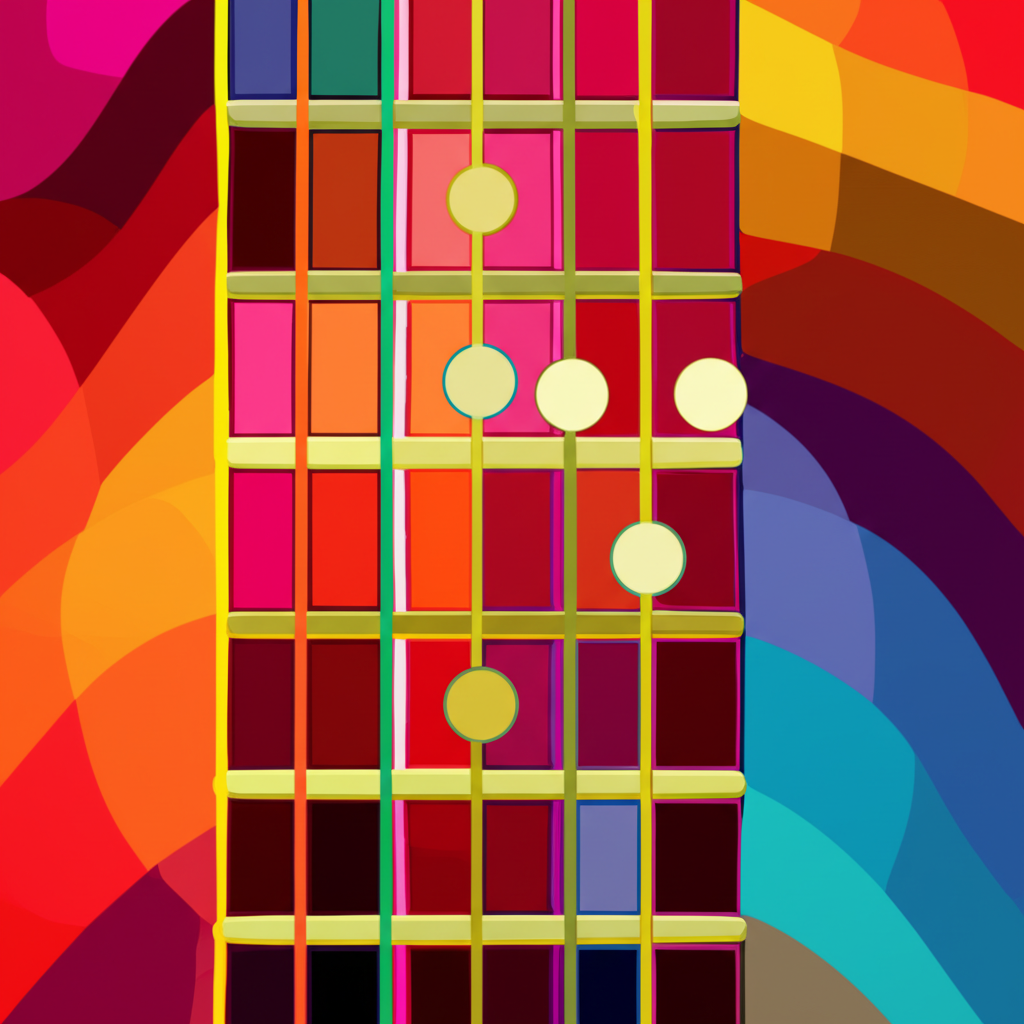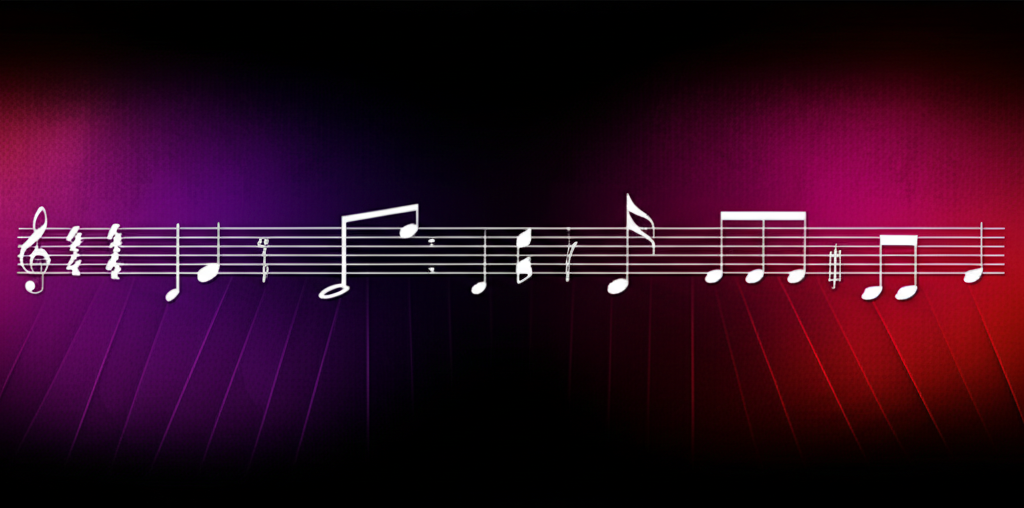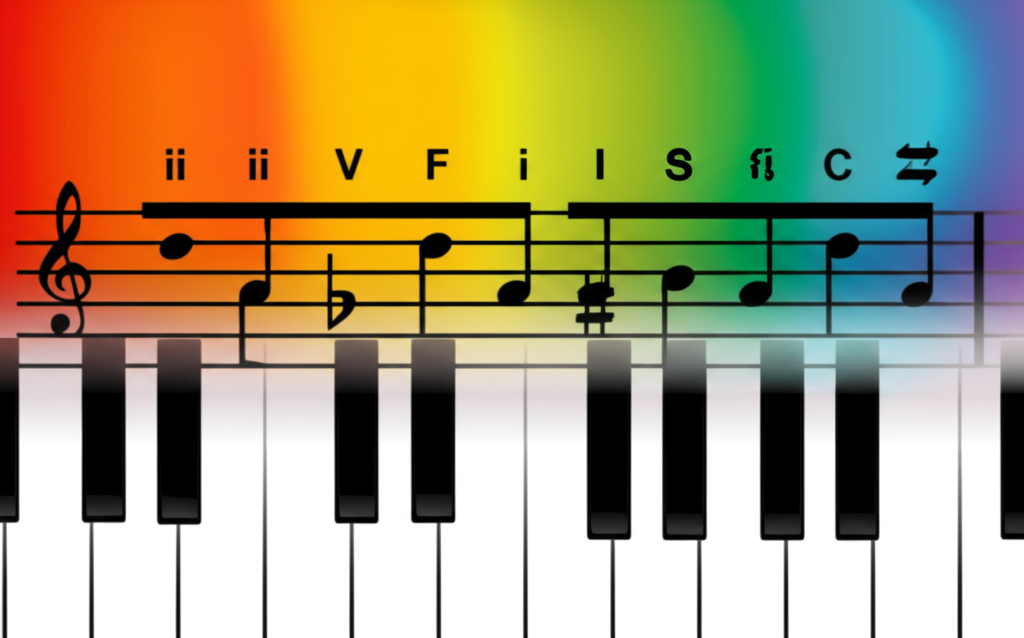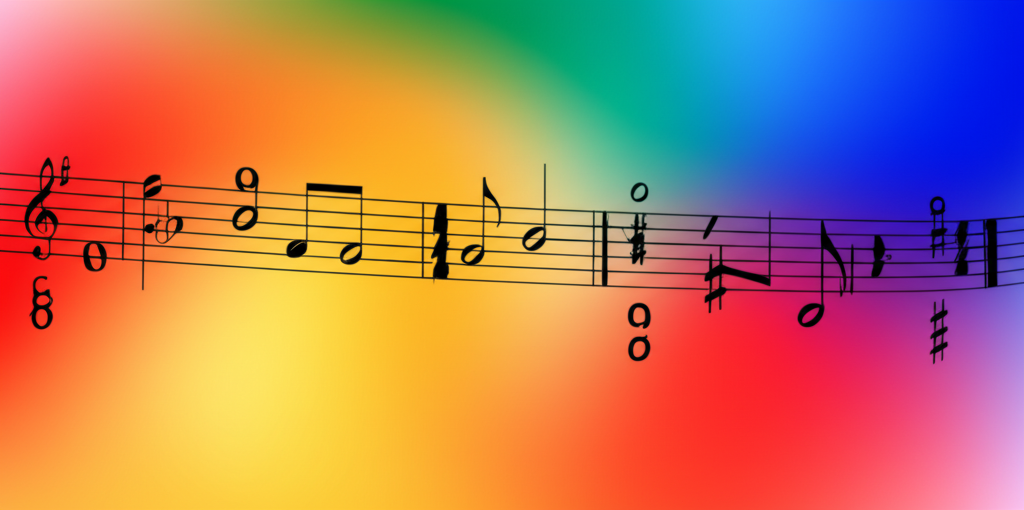
Dominant Ninth Chord: Adding Color to Dominant Harmony

b4n1
June 14, 2025, 7:03 p.m.
Dominant Ninth Chord: Adding Color to Dominant Harmony
Summary:
The dominant ninth chord (9) is an extended harmony that adds sophistication and color to traditional dominant function chords. Built by adding a major ninth interval to a dominant seventh chord, it creates a rich, complex sound that is essential in jazz, blues, and contemporary music styles.
Keywords:
dominant ninth, 9 chord, extended harmony, jazz chords, blues harmony, chord extensions, dominant function, chord voicing
Introduction:
The dominant ninth chord represents a significant step in the evolution of harmonic complexity, transforming the traditional dominant seventh chord into a more colorful and sophisticated harmony. This five-note chord maintains the strong resolution tendency of dominant function while adding the sweet tension of the ninth interval, creating a sound that is both familiar and fresh. Its widespread use in jazz and blues has made it one of the most recognizable extended chords in popular music.
Definition and Classification:
A dominant ninth chord consists of five notes: the root, major third, perfect fifth, minor seventh, and major ninth. The chord formula is 1-3-5-♭7-9. This extension of the dominant seventh chord adds the ninth interval (equivalent to the second degree an octave higher) while maintaining the characteristic dominant function.
Chord Construction:
- Root: The foundation note of the chord
- Major Third: Four semitones above the root (3)
- Perfect Fifth: Seven semitones above the root (5)
- Minor Seventh: Ten semitones above the root (♭7)
- Major Ninth: Fourteen semitones above the root (9)
Examples:
C Dominant Ninth Chord:
The C dominant ninth chord (C9) contains the notes C - E - G - B♭ - D.
Common Dominant Ninth Chords:
Here are several dominant ninth chords in different keys:
Practical Applications:
Dominant ninth chords are fundamental in jazz harmony, appearing in virtually every jazz standard as substitutes for regular dominant seventh chords. They provide enhanced color and sophistication while maintaining strong resolution tendencies. In blues music, the dominant ninth chord often appears as the I, IV, and V chords, creating the characteristic "jazzy blues" sound.
Common Uses:
- Jazz Standards: As enhanced dominant chords in progressions
- Blues Progressions: Adding sophistication to 12-bar blues
- Pop/Rock: Creating smooth, soulful sounds
- Gospel Music: Providing rich harmonic color
Voice Leading and Chord Progressions:
Classic V9-I Resolution:
The ninth often resolves downward while maintaining dominant function:
Historical Figures:
Duke Ellington was a master of ninth chords, incorporating them extensively in his orchestral arrangements and piano playing. His compositions like "Sophisticated Lady" showcase the elegant use of dominant ninth harmonies. Miles Davis also employed ninth chords frequently, particularly in his modal period, where they provided rich harmonic color without strong functional movement. The stride piano masters like Art Tatum used dominant ninth chords to create lush, full-bodied accompaniments.
Chord Voicings and Inversions:
Common Voicings of C9:
Different inversions and voicings of the dominant ninth chord:
Fun Facts:
The dominant ninth chord is sometimes called the "barbershop chord" because of its frequent use in barbershop quartet arrangements. The rich, full sound of the ninth chord was perfect for creating those characteristic close harmonies. Interestingly, many guitarists discover ninth chords before they understand their theoretical construction, simply because certain fingering patterns naturally create these sonorities on the fretboard.
Related Chords and Extensions:
Ninth Chord Family:
- Add9: Major triad with added ninth (no seventh)
- Minor 9: Minor ninth chord (m9)
- Major 9: Major ninth chord (Maj9)
- 11th and 13th: Further extensions of ninth harmony
Conclusions:
The dominant ninth chord represents a perfect balance between complexity and accessibility, adding sophisticated color to harmony while maintaining the familiar pull of dominant function. Its versatility across genres from jazz to blues to contemporary music makes it an essential tool for any serious student of harmony. Understanding and mastering ninth chords opens the door to more advanced harmonic concepts and provides the foundation for exploring even more complex extended harmonies. Whether comping behind a jazz soloist or adding color to a blues progression, the dominant ninth chord remains one of music's most useful and beautiful harmonic devices.
References:
Levine, Mark. (1995). The Jazz Theory Book. Sher Music Co.
Ellington, Duke. (1932). Sophisticated Lady. Sheet music.
Voicing, Arranging and Composition. (2010). Berklee Press.
Miller, Ron. (1996). Modal Jazz Composition and Harmony. Advance Music.


